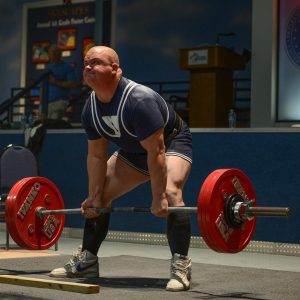This study looked into how well lifters can guess how close they are to failure by asking them how many more reps they can do (reps in reserve, RIR) and then letting them go to failure to see how many they actually could do.
When participants were near failure (0-5 actual reps left), they either accurately estimated reps or slightly overestimated how many more reps they could do.
When having more than 3-4 reps left until failure, participants underestimated the amounts of reps that they had left. Accuracy was better for bench press compared to leg press.
The RIR approach is a good way of adapting how intensive your workout is. It can also be combined with estimating how tired you are after each set (rate of perceived exertion, RPE, a score of 1-10 where 10 is most tiring) to tailor your workout to a specific goal.
Speed based power training can effectively be carried out in the 1-4 RPE range, while RPE of 5-6 (RIR 4-6) can be used in force based power training.
It seems experienced lifters can tell with more accuracy than beginners when they are less than 1 RIR from failure.
Article from MASS – Monthly Applications in Strength Sport. The best tool to stay updated on the latest fitness science and how to use it. Learn more and get a free sample at www.ebtofficial.com/mass.
Sources:
1. Accuracy in Estimating Repetitions to Failure During Resistance Exercise doi: 10.1519/JSC.0000000000001683
2. Novel Resistance Training-Specific Rating of Perceived Exertion Scale Measuring Repetitions in Reserve. doi: 10.1519/JSC.0000000000001049.





